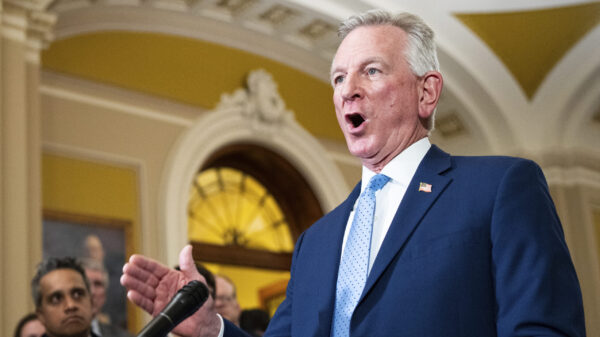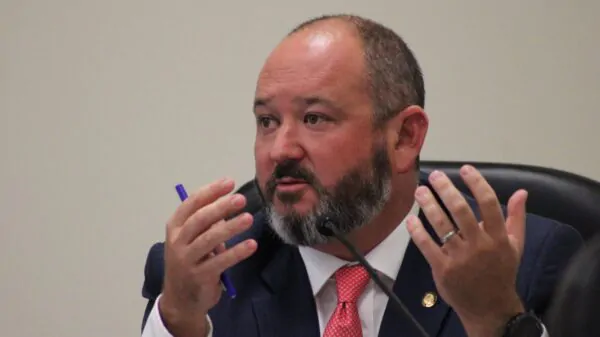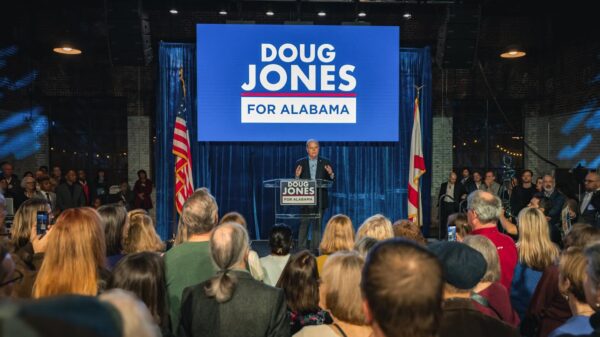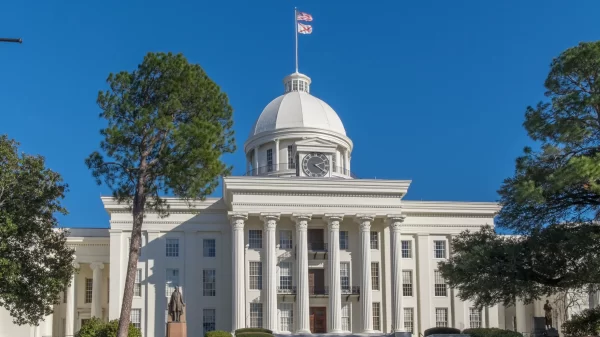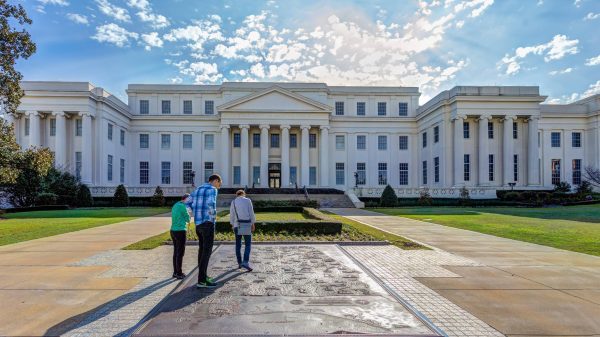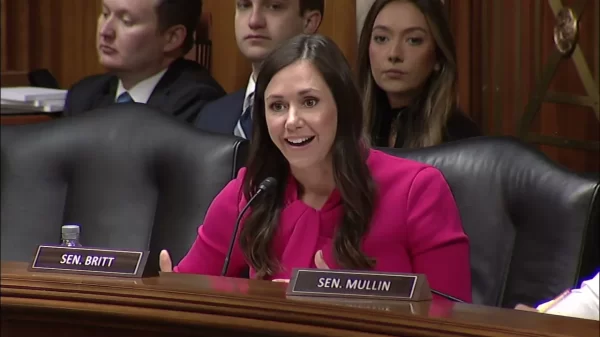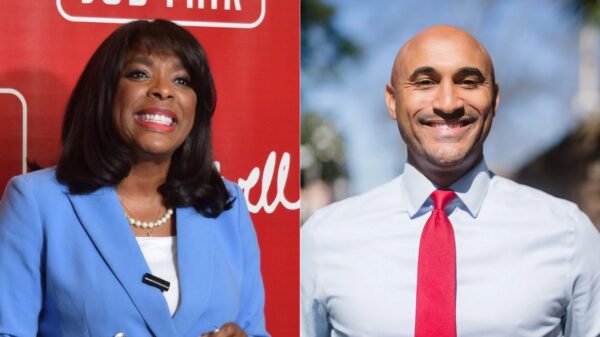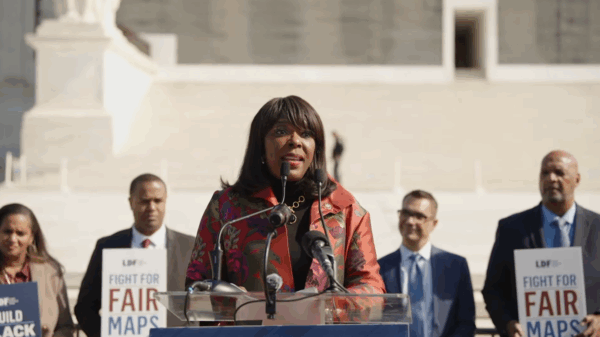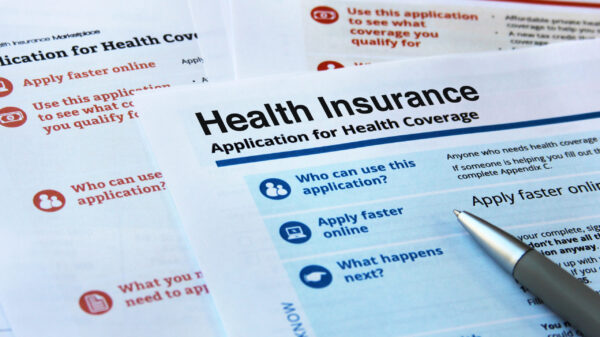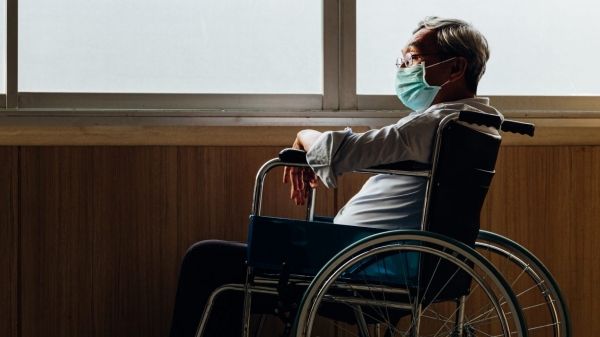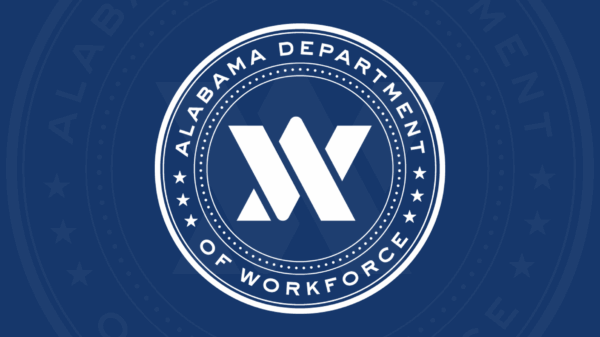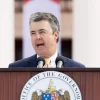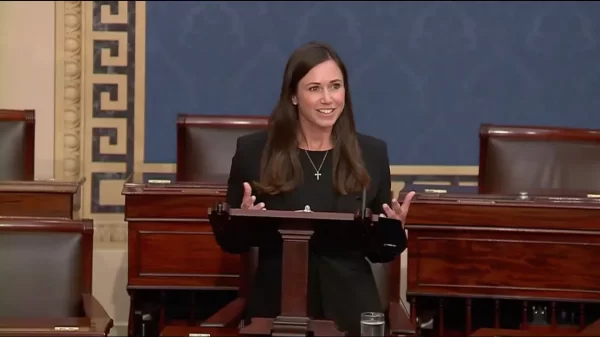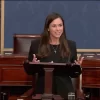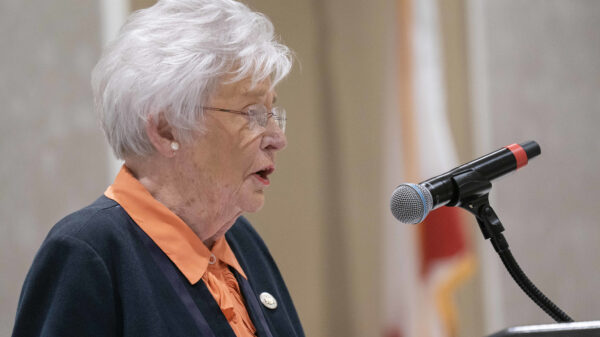On Monday, Patrick Penn, the deputy under secretary of agriculture for food nutrition and consumer services, stated in a court filing that the USDA would begin using its available contingency funds to cover half of people’s SNAP benefits for November.
“Per orders issued by the United States District Courts for the Districts of Massachusetts and Rhode Island, FNS intends to deplete SNAP contingency funds completely and provide reduced SNAP benefits for November 2025,” Penn attested in the supplementary declaration.
Following the USDA’s announcement last month that it would not be tapping into an allocated contingency fund to pay for SNAP benefits, despite past precedent, attorneys general and governors from 25 states sued the federal government.
The lawsuit alleged that the “USDA’s suspension of November SNAP benefits is contrary to the SNAP Act and its implementing regulations,” and that “the agency cannot simply suspend all benefits indefinitely, while refusing to spend funds from available appropriations for SNAP benefits for eligible household.”
A Rhode Island judge ruled Friday that the Trump administration was required to use available contingency funds to fund SNAP and also to weigh other possible ways to keep the program operating. “There is no doubt that the six billion dollars in contingency funds are appropriated funds that are without a doubt necessary to carry out the program’s operation,” he said.
The supplementary declaration filed Monday additionally declares that the USDA did consider using “Section 32” funds to keep SNAP fully funded for November, but “determined that Section 32 Child Nutrition Program funds must remain available to protect full operation of Child Nutrition Programs throughout the fiscal year, instead of being used for SNAP benefits.”
“Never in the history of the SNAP program – including during government shutdowns – has SNAP funding ever been suspended or only partially funded,” Massachusetts Attorney General Andrea Joy Campbell wrote in a public statement. “While some funding is better than no funding, the federal government has made it clear that they are only willing to do the bare minimum to help our residents, and only after they were required to do so by our lawsuit and the courts.”
At a press conference on Monday, Democratic members of the Alabama state legislature again asked Governor Kay Ivey to call a special session so the state can replace lost federal funding for the program.
Senator Bobby Singleton, D-Greensboro, said Ivey’s office reported being worried about federal reimbursement and pointed to Louisiana and Virginia as examples of states with Republican governors that have worked to replace lost federal benefits, Anna Barrett reported for the Alabama Reflector.
During a phone call on Monday night, though, Alabama Arise senior policy analyst Carol Gundlach told APR that “ the real solution here is the federal government needs to issue the contingency funding and match it with the other $2.5, $3 billion that we need to get all that money out right now.”
Gundlach explained that having to prorate benefits due to partial funding will make it significantly harder for the Alabama Department of Human Resources and its partners to begin loading funds on families’ EBT cards.
Last week, Laura Lester, the CEO of nonprofit Feeding Alabama, told APR that if SNAP benefits were cut off, “thousands of Alabamians will go hungry and there will be missed meals, particularly by parents trying to save every bit of food they have for their children.”
While the partial funding will probably help alleviate this expected crisis, implementing the change announced Monday will likely take time, leaving many Alabama families without necessary benefits in the interim.
Penn’s declaration asserted that the “system changes States must implement to provide the reduced benefit amounts will take anywhere from a few weeks to up to several months.” It remains unclear how long it may take the Alabama DHR specifically to begin distributing the reduced levels of benefits.
“We are aware of various reporting regarding this issue; however, we have received no instructions/guidance from USDA Food and Nutrition Service pertaining to next steps,” a DHR spokesperson told APR in an emailed statement Monday afternoon.
“What [the USDA is] really saying is, ‘Yeah, sometime people will get half of their November benefits, but we can’t tell you when,’” Gundlach said. “The way this whole system works is USDA has got to issue guidance to the states, saying, ‘Okay, here’s what you’ve got to do.’”
“There is a USDA memo out, but a memo is not technically guidance,” she explained. “So the states, especially with the pressure on them because of the error rate issue, are not going to issue benefits until they get some clarification from USDA that it’s okay to do this and what to do.”


